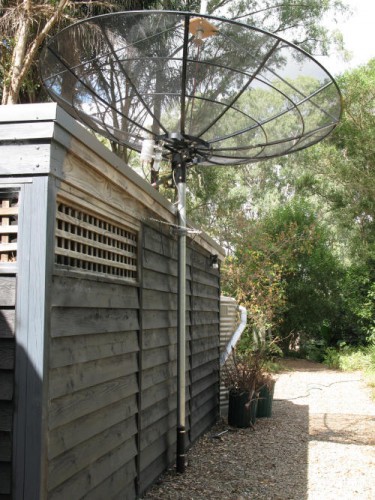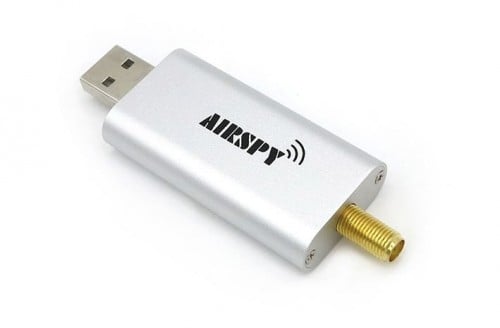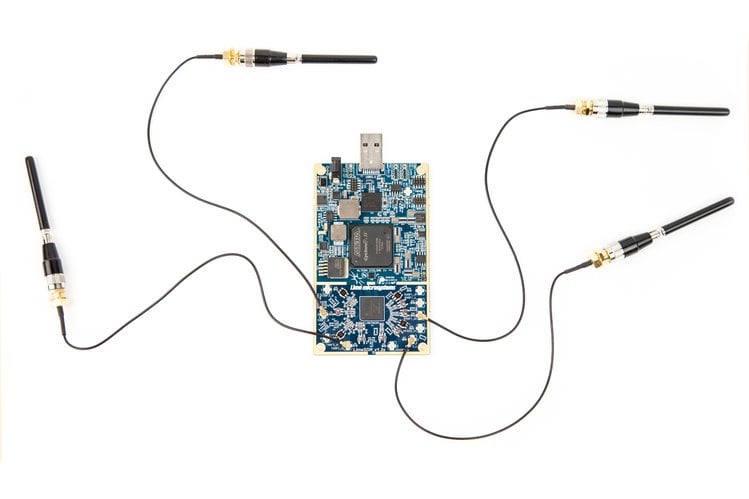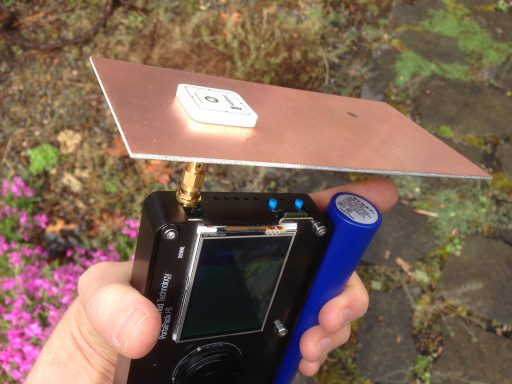Second Flock of Early Bird LimeSDR’s for Sale: $249 USD
The LimeSDR is a new transmit capable software defined radio with a 100 kHz – 3.8 GHz frequency range, 12-bit ADC and 61.44 MHz bandwidth which is currently seeking crowdfunding.
A few days ago the LimeSDR crowdfunding campaign went live, and within the first 32 hours all 500 of the $199 USD discounted early bird LimeSDR’s were grabbed up. Since then the crowfunding momentum has unfortunately slowed considerably. However, in an attempt to possibly revitalise the campaign LimeSDR has released a second batch of early bird units which are selling for the $50 discounted price $249 USD. They also write that people who already backed at the higher regular price of $299 USD have automatically been converted to the $249 USD price. At the time of this post there are still 427 early bird units remaining.
We think the LimeSDR has the potential to be a significantly better version of the HackRF and bladeRF which would sell for the same price or even less in the future, so please consider backing the project if an SDR like this interests you.
Their press release reads:
First, a big thank you to all our backers. With your support, we hit 20% of our campaign target in just over 24 hours and all 500 of the first flock of early bird boards were pledged within 32 hours. This is phenomenal! We have been blown away by the support and excitement from you, our community. Thank you!
Our mission is to democratise wireless innovation. Anybody should have access to this technology and be able to create innovative, game changing solutions. The level of support we have received from all of you has gone a long way to reassure us that we have made a great start in achieving our mission.
We are now confident that the LimeSDR campaign can jump start this democratisation. When we successfully reach our target and have delivered on our commitment, the work doesn’t stop there either. We will continue to work on the LimeSDR platform to improve it, together with the help of the community.
We are also working with the key players in the wireless industry and have been partnering with innovators and organizations, including EE/British Telecom, who share our vision to bring the power of open source innovation to wireless communications in a way that has never been done before.
As a result of the early success of our campaign, we are gathering further support from our manufacturers and suppliers and are now able to offer new pledge levels, including an additional flock of 500 early bird LimeSDR boards boards at a reduced price of $249. This is a significant reduction from the retail price of $299. Those who have already signed up for the $299 LimeSDR will instead pay the reduced price – your order will be amended and an updated order confirmation email will be sent to you within the next 24 hours.
We have big announcements in the pipeline, and our plan is to send you regular updates throughout the campaign. These will include exciting partnerships and new pledge levels as we see the growth of our supporters. Stay tuned!
Cheers,
Jessica and the LimeSDR Team
LimeSDR also recently released a second update that explains their driver architecture.







